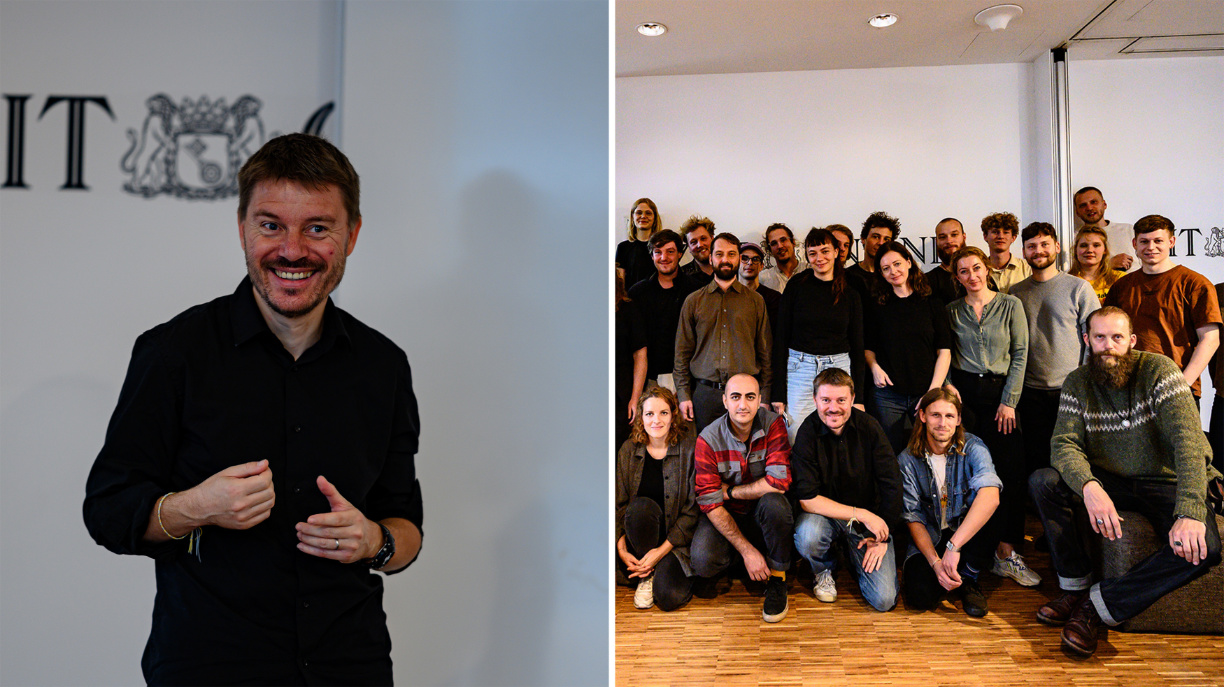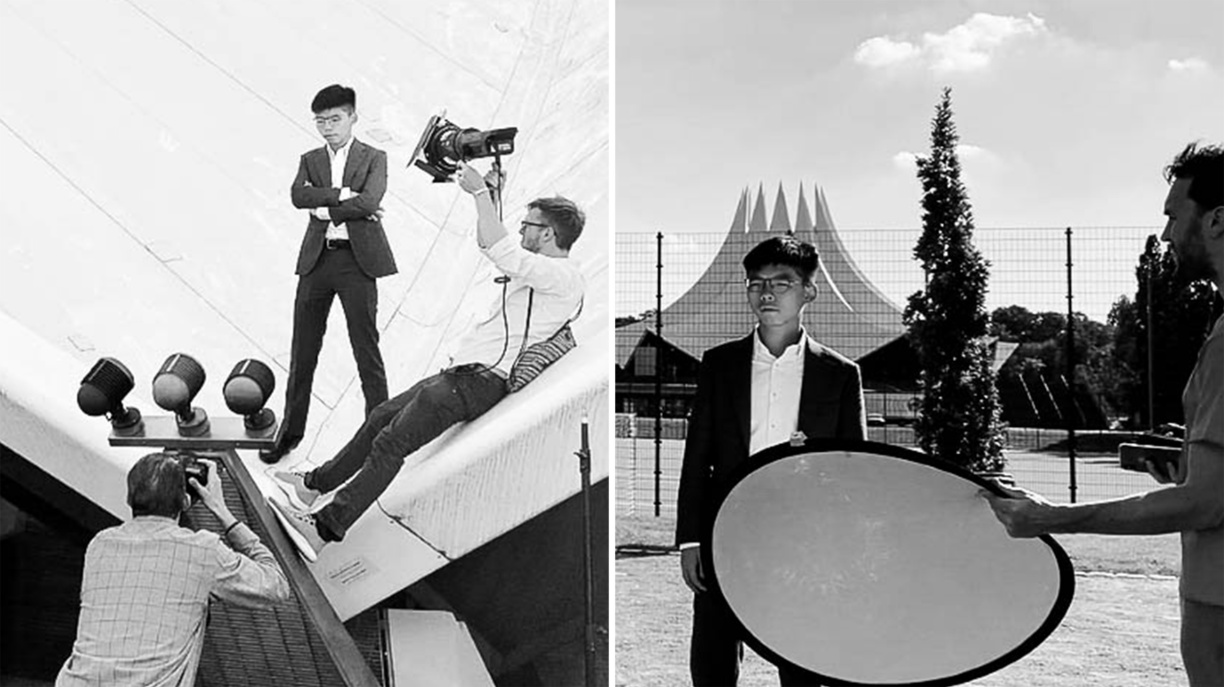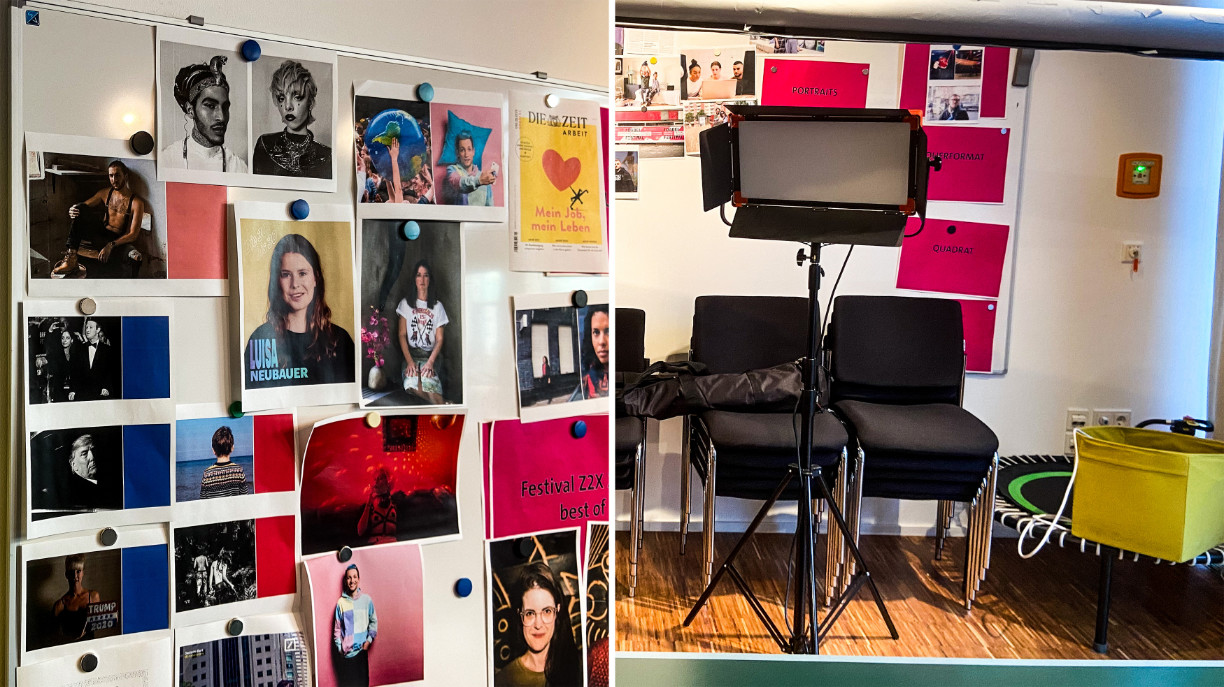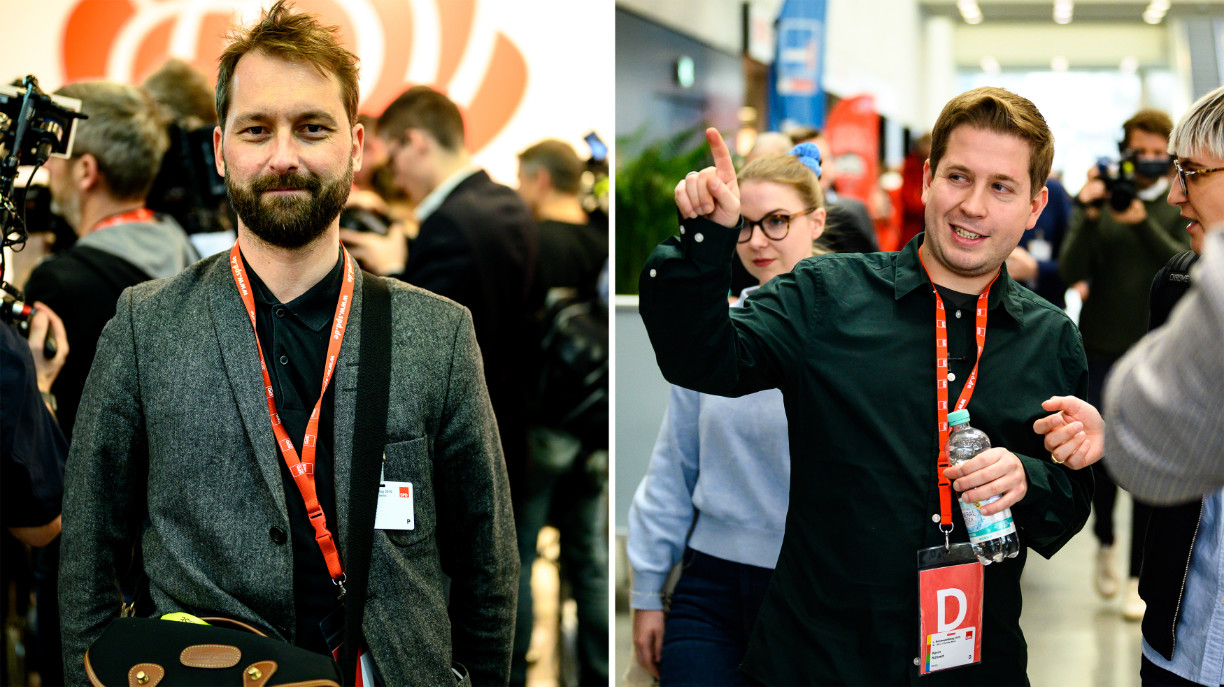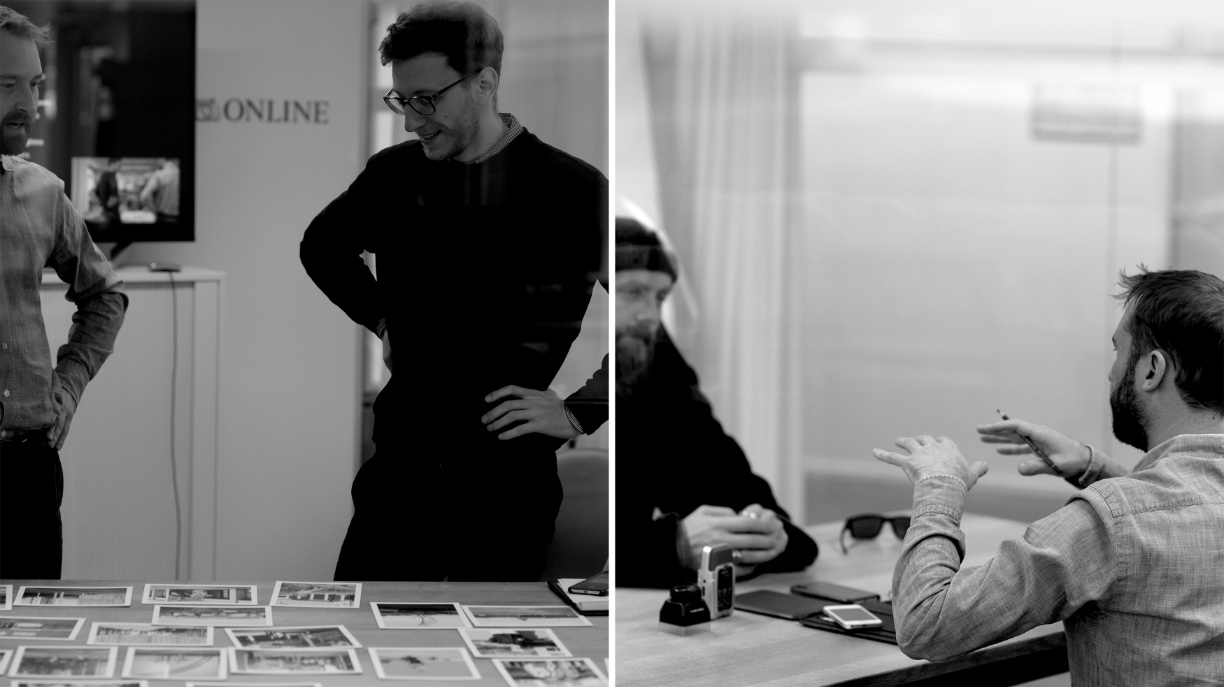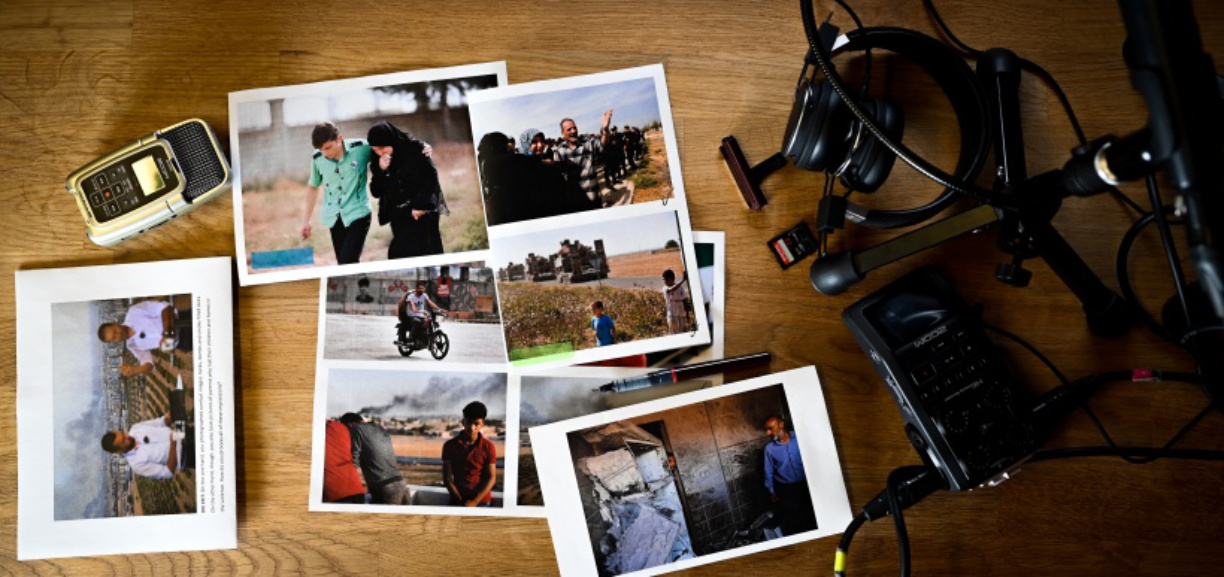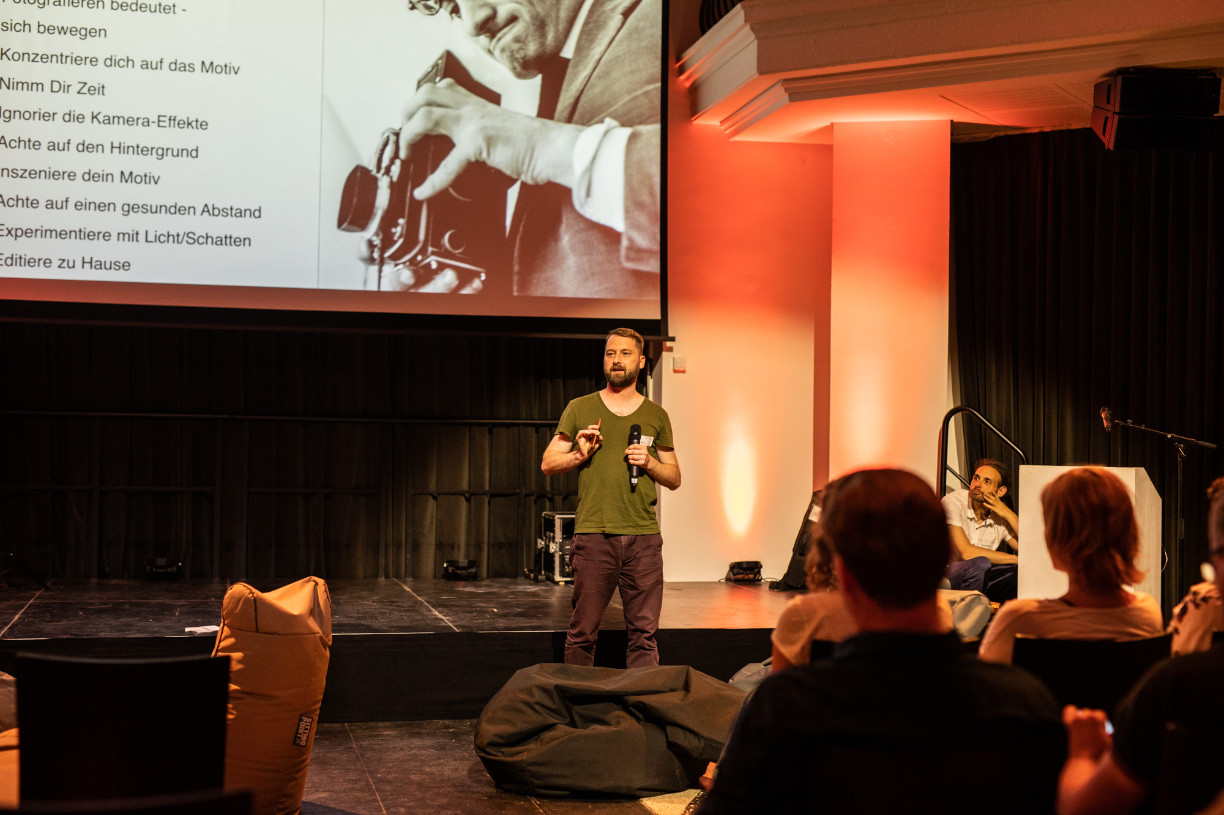July 2020
Passionate about photography in troubled and troubling times, 24/7
A personal view by Michael Pfister, Director of Photography, ZEIT ONLINE, Berlin
Back then, in Bern, I dreamed of becoming a journalist. So I contacted the Neue Zürcher Zeitung. The editor on the other end of the phone told me I’d need a little more time, and that I should get in touch again once I had graduated from university. At only 15, I was consumed with a burning ambition to produce quality journalism. 25 years on, as journalist, head of department and director of photography at Zeit Online in Berlin, I now find myself leading a team of ten photo editors, discussing the top stories with the editors-in-chief and twelve other departmental heads, commissioning work from photojournalists all over the world and devising photographic concepts. For a news website, visual language is the very DNA of its online appearance. As a photo specialist, photo lover, photographer and mediator of visual art, working in the newsroom of an online medium is a challenge that demands a lot of skill in terms of workflow, political context, media dynamics and journalistic instinct. As director of photography, I don’t just have to work to one specific deadline, but also, immersed as I am in a fast-moving, high-tech environment, I have to ask myself one key question every single hour of every single day: what do I think is the right photo for this story, this essay?
As a visual journalist, I deal almost exclusively with photography – editing, selecting, deciding and publishing the respective image within the framework of the editorial system. I define questions of form and colour to provide the optimum platform for the photograph. Together with the art director and the developers, I draw up new layouts for one-off projects that add impact to the photography and storytelling of Zeit Online. By way of example: Photography, "Beauty Is Confusing, Violent, Gentle, Vulgar"
The cover page of Zeit Online usually changes about six times a day to keep abreast of the latest important commentaries, analyses, background reports and interviews that take up the front page for more than one hour and also channel the newsfeed from the German capital. I have more than 130 colleagues working alongside me in the online newsroom, including editors, authors, data scientists, developers, art directors, storytelling illustrators, SEO experts, conversion managers, podcast producers etc.
The work being done by this editorial team has a kind of start-up atmosphere, which distinguishes it from conventional print-edition teams. New possibilities alter the frame of reference. Most of the team are young, highly motivated and brimming with energy, so that even at the end of a long working day, they’re out kicking table footballs, playing table tennis and heading into the podcast studio.
My editorial approach is fluid, which means that I can quickly get a pop-up photo studio running for high-quality portrait shoots to illustrate lead stories in the print edition of DIE ZEIT without wasting valuable time in a rented studio on the other end of the capital city. I had already learned the ropes of flexible project management from scratch during my previous stints in the field of art and culture management, and I’ve since adapted those skills and applied them to the new context of online editorial work. That workload is highly demanding. The customary task of editorial assistants in a full editorial office is an additional role that I take on myself as head of department in the online division. That leaves less time for journalism. In addition to the journalistic work, with a 24/7 shift 365 days a year, there is no end of organising, planning and further training, not to mention discussing legal issues with the lawyer in Hamburg in order to forestall and nip in the bud any potential lawsuits by American attorneys.
Let me give an illustration: a late afternoon, breaking news: agencies are reporting the death of the outstanding Swiss artist and photographer Robert Frank. I am momentarily taken aback. Frank, the photographer, had been a big influence on me as a visual journalist. I had studied his work 25 years before and, along with other influences, it had brought me to to where I am now: in the newsroom in Berlin. I had left Switzerland at the age of 23, even though I already had a secure job in Zurich. But I wanted to work internationally, and so I went to Berlin. The city held a big fascination for me as the very epicentre of all things creative, alternative and visionary.
Back to the situation in the newsroom. It was September 2019. After a moment’s reflection, I instinctively picked up the phone and called Peter Pfrunder, director of Fotostiftung Schweiz in Winterthur. In a brief conversation, I tried to persuade him to write an obituary at short notice for Zeit Online outlining the life and work of the exceptional photographer Robert Frank. It soon became clear that he could not fit this in to his schedule. I accepted that and we discussed some other possible authors – Urs Stahel and Martin Gasser.
Swiss curator Martin Gasser was in Berlin at the time, wrapping up a retrospective of Robert Frank’s work. On my way home, I dropped in to the C/O Berlin, a cultural center, which specialises in photography, hoping I might bump into him. As a former reporter, I had faith in the fortune of the moment. But I had spent a little too much time in the newsroom on Askanischer Platz in Kreuzberg, near Potsdamer Platz, and so I arrived a few minutes late at the photo museum, based in Amerika Haus near Bahnhof Zoo. By then, curator Martin Gasser was already on his way to the studio to give a radio interview. I headed off into the sunset, with Robert Frank’s photographs still foremost in my mind; images without a text.
As I sat on the sofa in my living room late at night, the daily newspaper I admired most of all, the New York Times, came up with the idea of asking nine photographers to think about Frank and photography. Now, that was an approach I reckoned was very smart indeed. Next day, I was annoyed at having failed to find anyone suitable to write an insightful obituary for Zeit Online, and decided that if such a situation arose again, I would take the time to write an obituary myself.
A few snippets from my world of thoughts and experiences:
- Photographers and visual journalists use compostion, light and shadow, and seek our attention through their work – but ultimately we are, as observers, intent on seeing.
- Journalism today is a challenge. Many journalists are media service providers and producers of news. A few, such as the writer Eliza Griswold, the reporter Jon Lee Anderson, the publicist Carolin Emcke and the filmmaker Jon Lowenstein, steer their skills and talents in the right direction, building their cultural achievements first with articles in magazines such as The New Yorker or the New York Times Magazine, then later by authoring books. Joan Didion as well as James Nachtwey und Teju Cole – in text and image – tackled arduous working environments above and beyond the stringent requirements of the daily news. Over the years, each gradually developed their own distinctive profile.
- I firmly believe that visual journalists should deal more with texts and that writers should deal more with visual media. Journalism now has to be recalibrated on a daily basis. Consciously selected images with clever texts instead of image versus text. High quality journalism combines both of these media in a meaningful way that creates clarity.
- The work of journalist and photographer James Nachtwey impressed me as a student. I was unsettled by his themes of migration, loss, hunger, grief and trauma. His work often threw up more questions than answers. When I eventually met the war photographer Nachtwey in person at the Military History Museum in Dresden, I asked him how he finds peace while reporting on war. He left my question unanswered and finalised the installation of his exhibition “War”.
- Photography is loud and direct, images quiet and powerful and, at their best, trigger emotions in the observer. We live in a visual society. We wake up in the morning and start looking at images on our smartphones. Throughout the day, we see hundreds of images, consciously and unconsciously. Which images do we read and which really appeal to us? As a visual journalist, I try to convey photography in different forms and on different platforms: with subjective portraits, with moving reportage photos, with darkly disturbing images or with images that have a contemporary aesthetic.
- Seeing, reading, writing, conducting interviews: it so happened that German photojournalist Daniel Etter had been on an assignment for the New York Times for which, in 2016, he was awarded the Pulitzer Prize in photography. I contacted him briefly and, within hours, I was doing an interview. Next morning, I published the interview in ZEIT ONLINE, for which I selected the winning photo, and I had full control of my authorship. Interview with Daniel Etter here.
- Iconic photographs, jubilees, the fall of the Berlin Wall. To mark the thirtieth anniversary of the fall of the Berlin Wall, I conducted an interview with British photojournalist Tom Stoddart, who had captured iconic images of the event three decades before. We met at the Getty Images Hulton Archive in London. He brought along his colour slides and talked about his work, his motivation, and the lessons gleaned from that. Interview with Tom Stoddart here.
- In the past few years I have challenged my working conditions, pushing for my interviews with authors and for other special projects. All with the constant pressure of the endless stream of breaking news. Coping with that is part of the job.
- Last autumn, photographer Christoph Bangert came to Berlin with 35 trainee photojournalists from the Fotobus-Society to attend a Zeit Online workshop. After the welcome, I had a very personal message for them: “Look for a job in a bar or a call centre, pay your health insurance and your rent. Get out into the street with open eyes, meet people outside your own bubble, capture stories with your camera. Practise photography, put it in order, and then come back to me with your portfolio. I want to feel your passion!”
Michael Pfister, born in Bern in 1979, is passionate about photography: as director of photography, photo curator, lecturer, teacher and photographer. Based in Berlin for the past 20 years, he began his career as a reporter for Swiss radio station DRS and print media in Switzerland. Later, he went on to launch and produce multi-media projects, discussion rounds, festivals and conferences, and also worked as an arts and culture manager for the British Council Switzerland, Swiss Arts Council and Swiss Music Export both at home and abroad. He studied at the Swiss school of journalism MAZ in Lucerne, specialising in image editing, and went on to become a photo editor with the Ringier publishing house before moving to Germany to work for the Cologne based photo agency laif, where he collaborated with Pulitzer Prize and World Press Photo winners as well as with news and portrait agencies throughout the world. For four years, as photo editor with the German news weekly Bild am Sonntag, published by Axel Springer AG, he was responsible for commissioning photographers and photojournalists across the globe. As an expert in the field of photojournalism, he trained photographers and young journalists at workshops in Cairo, Hamburg, Berlin and Lucerne. As initiator and moderator of discussion rounds, e.g. for the Berlin International Literature Festival (ilb), he encouraged nuanced debate about photojournalism and human rights in conflict situations. For the 2015 Triennial of Photography, he curated an exhibition on the future of photography at the Deichtorhallen in Hamburg. He is a member of the Bundespressekonferenz (Federal Press Conference), Reporters Without Boundaries, PEN (Poets, Essayists, Novelists) and Spectrum.
